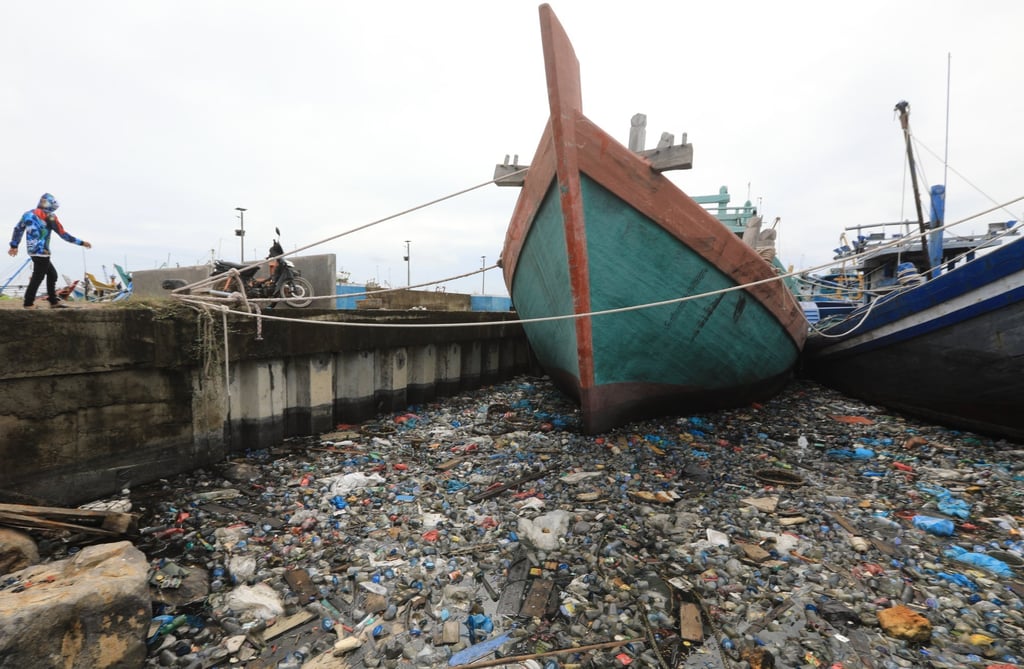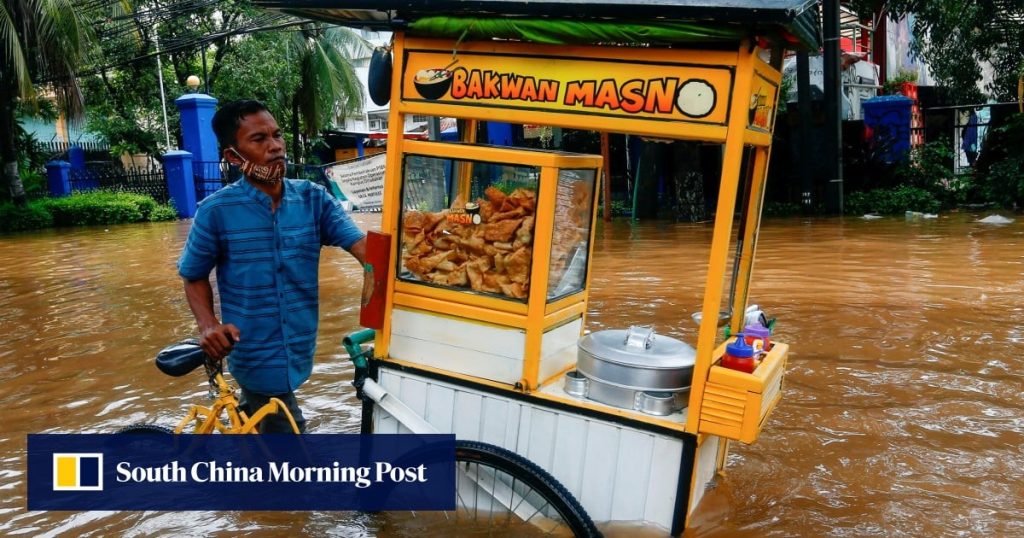Raindrops were picking up microplastics floating in Jakarta’s air, Indonesia’s National Research and Innovation Agency (BRIN) revealed in its newest study on October 17. Samples of rainwater collected in coastal areas of Jakarta were found to contain about 15 microplastic particles for every one square metre (11 sq ft) per day.
“If a house has an area of around 100 square metres (1,080 sq ft), it means that every day it will be hit by [rainwater] with 1,500 microplastic particles,” Muhammad Reza Cordova, a BRIN researcher who took part in the study, told This Week in Asia.
Researchers found that these microscopic flakes contained synthetic fibres from clothing, polymers from tyres, and smaller pieces of plastics that broke down from combustion and degradation, among others.
“We already suspected that there were microplastics in the air. But it was surprising because we thought the numbers wouldn’t be that high. We thought there would be just one or two microplastic particles [per square metre],” Muhammad said.

According to him, rain helps trap microplastics in the air so “the higher the rainfall, the more microplastics are cleaned from the air we breathe every day”.


